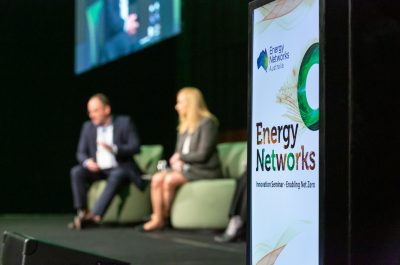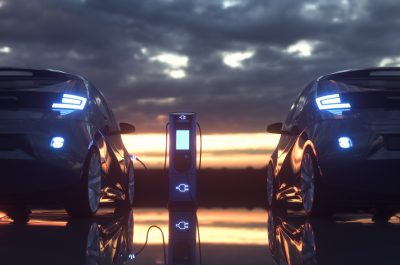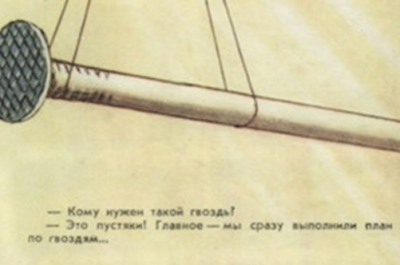Opening address to the Energy Networks 2022 Conference and Exhibition
It is my tremendous pleasure to welcome you to the energy networks 2022 conference + exhibition. Today has been a long, long time in the making and it is wonderful to finally be here.
I would like to acknowledge the traditional custodians of the land on which we meet and pay respects to our first nations people and their elders past, present and emerging.
I would also like to acknowledge our keynote speakers, some who are present today, some who will join us tomorrow and some who will be joining us in a virtual format. These include:
The Premier of Queensland; the federal Minister for Energy and Emissions Reduction; The federal Shadow Minister for Climate Change and Energy, former Chief Scientist Alan Finkel and Distinguished Professor Genevieve Bell.
We appreciate the time all our presenters have taken to come and join us over the next two days. It’s having speakers like these that make this such a major event for the energy sector.
I also acknowledge our key sponsors for their support.
Our principal sponsor for EN2022 – Hitachi Energy and our major sponsors – BCG, CGI and Schneider Electric
As I mentioned earlier, EN2022 has been a long time in the making. We made plans to hold this event in June 2020, then October 2020, then March 2021, then November 2021 and finally March 2022. Almost as many conference dates as there are strains of covid.
Each postponement was a hard but necessary decision to make, and a huge amount of work has gone into managing this and delivering the fantastic program and event we have before us. Thank you to our resilient and incredibly hard-working ENA team and contractors, to our delegates for such a show of support in being here in such big numbers and to all our speakers and our sponsors and exhibitors for their sustained commitment. Many have been with us right through this long and challenging process.
The Covid delays mean it’s almost four years since I had the honour of opening our EN2018 conference in Sydney.
Compared to 2018, we now see slightly less focus on power prices, but we continue to have important debates on how best to decarbonise, grid access, ensuring we have enough energy to get through ‘renewables droughts’ and the resilience of our energy supplies.
And, stepping back, it’s clear energy networks are critical if we are to deliver what our customers want and expect from the energy sector in all these areas.
While it continues to be a bit of a rough ride, at least now the debate has moved on from if we should address to climate change, to how best to do so.
The recent floods here in southern Queensland and in New South Wales and the devastating bushfires, floods and storms right around the country over the past few years have displayed in no uncertain terms that climate change is real, it’s happening now and it’s having an enormous impact on our communities and vital shared infrastructure.
For energy networks, these worsening events increase the focus on the resilience of our power supplies. ENA recently released a guide to climate change and its likely effects on electricity networks and customers are telling us they want prudent investment to increase the resilience of their power supplies. We now need to ensure the regulatory framework can allow that prudent investment customers want.
More broadly, tackling climate change means a serious commitment to decarbonising our country, and not just by 2050.
The energy sector is moving faster than that – and energy networks are essential to the net-zero transition of many parts of our economy.
Our transmission, distribution and gas distribution systems are becoming deliverers of renewable electricity and decarbonised gas, working together to provide the clean energy needed to continue to power our economy in a net zero future.
To do this securely and reliably and at lowest cost, we must take a whole-of-system approach. Most customers do not want to know about the differences between wholesale market challenges, grid challenges and retail market challenges, so it is critical policy makers do consider all these issues to ensure various policies work together and deliver for customers.
Networks serve most energy customers so we’re naturally system-level thinkers and operators. But we don’t have all the answers and we won’t solve these problems on our own.
Networks are already engaging with customers like never before to better understand their needs and wants. We have to improve more to obtain and maintain the social licence and we need to build new infrastructure.
We’re now also seeing a real uptick in networks collaborating. With customers yes, but also with technology providers, financiers, gentailers and policymakers.
From our end, ENA is seeking to engage as positively as we can with governments, with the Energy Security Board and with regulatory agencies.
That doesn’t mean we aim to agree with them all the time. It means we will work towards consensus where we can and where we disagree we aim to not just explain why, but to outline what we think is a better way forward.
There is no doubt the journey to net zero will be rocky. Take a look at the UK right now, facing an eye-watering 54 per cent increase in retail energy prices. This is driven largely by a rise in global gas prices and a low-wind few months leading to a renewable power drought. And those price rises were set before the war in Ukraine.
While Australia’s situation is different, we still have many challenges. Managing low wind and low sun periods, electric vehicles, network batteries, tariff reform, social licence, getting interconnectors built, decarbonising our gas networks, safety nets for vulnerable customers, the list is long.
The number and size of these challenges doesn’t mean we should slow down, but it reinforces the need for whole-of-system thinking.
Customers want energy that is cheap, they want it when they flick the kettle on or turn on a light, but there is a growing mood for change. They also want to know that their energy is clean.
The network sector has looked at Australia’s net zero energy transition and developed a shared vision for how this future will be delivered.
ENA has worked with its members, market bodies and consumer groups to develop this blueprint.
The vision describes how our energy networks will work together and with customers to help deliver a secure and reliable net zero energy future, giving consumers greater control over their energy use while keeping costs as low as possible.
Our networks are the energy delivery systems – both electricity and gas – that will enable Australia to deliver its decarbonisation objectives.
We already have grid access issues for large renewable generators and challenges managing the solar revolution in many parts of the country.
Further investment in electricity networks is required as they become smarter and more dynamic, enabling the much larger share of renewable generation needed to deliver the transition to net zero.
Our gas networks are decarbonising, working to deliver 100 per cent renewable gas like biomethane and hydrogen for domestic and commercial heating. This will also ensure diversity of supply to back up variable renewable generation and ensure there is enough energy to get through winter.
The vision describes how the three network types – transmission, distribution and gas – can forge a collective pathway to delivering net zero.
The issues behind the vision and many others will be unpacked in detail in the many sessions and activities on our EN2022 program. I look forward to discussing all things energy networks with you the next two days and your continued collaboration over the coming months and years.
Thank you.
E&OE
Check against delivery



